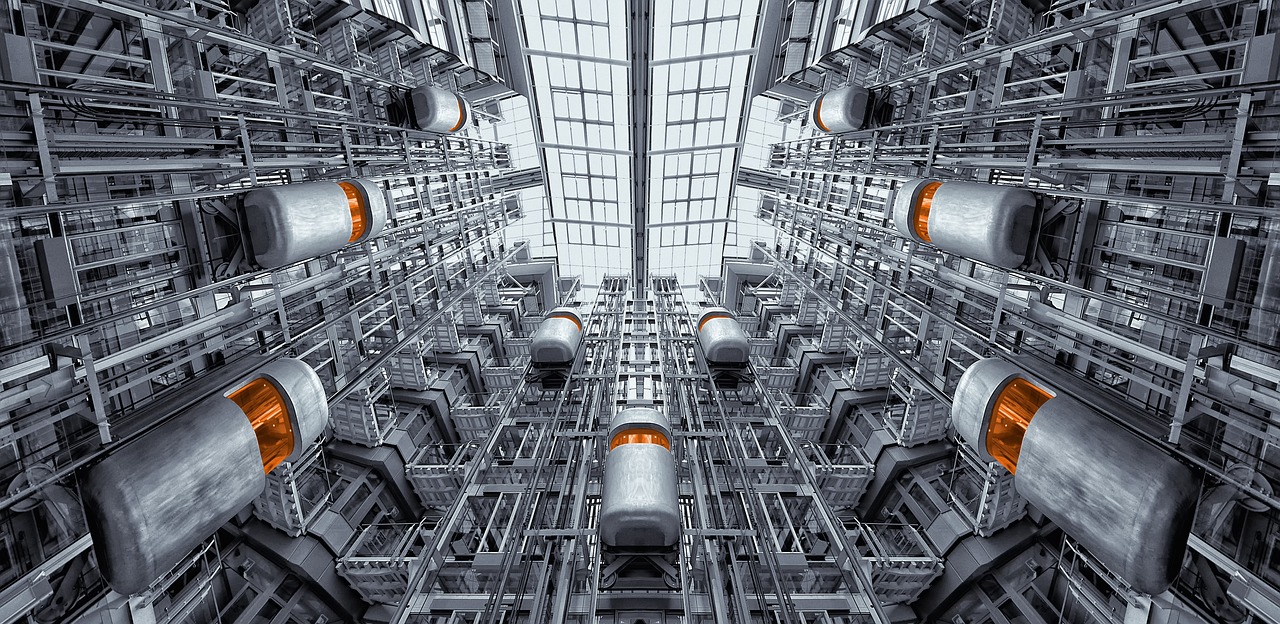Reserve Fund Study Requirements for Elevators in Condominiums
Elevators are critical assets in condominium buildings, contributing to convenience, life safety, and accessibility. To ensure elevators remain operational and up to code, condominium corporations must plan for their maintenance, repairs, and eventual replacements. This is where a comprehensive reserve fund study becomes essential, outlining the financial allocations needed to meet these long-term responsibilities.
Purpose of a Reserve Fund Study
A reserve fund study assesses the long-term costs of major repairs and replacements for common elements and assets, including elevators. The study provides a funding roadmap to meet future expenses without placing sudden financial burdens on residents. Typically, the study projects the financial needs over a 30-year period, but best practices often extend it to 45 years to ensure a stable economic outlook.
Key Components for Elevators
Elevators require specific attention due to their operational complexity and regulatory scrutiny. The main steps involved in their evaluation as part of a reserve fund study are:
- Component Inventory: The study should catalogue each elevator component that may need major repair or replacement. This might include items such as motors, control systems, hoist ropes, safety brakes, and structural components. Defining these components ensures that even minor but critical parts are anticipated in future budgeting.
- Condition Evaluation: Visual inspections and, if necessary, consultations with service contractors help assess the current state of each component. Evaluators should prioritize high-risk components and consider factors such as wear, potential for failure, and recent service history.
- Replacement and Repair Timelines: Based on the condition and life expectancy of each component, the study forecasts timelines for major repairs and replacements. Key equipment like motors might be scheduled for inspection every few years, while entire system overhauls could occur on longer timelines.
- Cost Estimation: Accurate cost predictions are essential. These estimates cover all necessary expenses, including labor, materials, permits, and specialized engineering assessments. For elevators, practitioners often consult specialized cost data and may also engage with contractors to confirm prices.
- Cash Flow Analysis: This analysis determines how much money must be set aside annually to cover upcoming expenses. For high-cost components like elevators, the reserve fund’s cash flow should consider inflation, interest, and other financial factors to ensure funds are sufficient for future needs.
Frequency and Types of Studies
After the initial study (comprehensive study), updates are required every three years, alternating between a study with and without a site inspection. Site inspections are crucial for elevators as they allow direct assessment of wear and risks that might not be apparent from documentation alone.
Challenges and Enhanced Practices
One challenge in reserve studies for elevators is that not all elements may be easily visible or accessible. Enhanced practices can address this limitation, such as:
- Detailed Testing: Offering advanced testing services, such as thermographic scans or vibration analysis, to get a more detailed picture of elevator performance.
- Consultation with Specialists: Engaging elevator contractors or engineers can provide additional insights, especially for elements hidden from view or those with irregular service histories.
Conclusion
Regular reserve fund studies not only ensure compliance with legal standards but also foster a proactive approach to maintaining high-cost and critical assets like elevators. By forecasting repair and replacement needs, condominium boards can stabilize contributions, prevent underfunding, and extend the lifespan of their vertical transportation systems efficiently.



